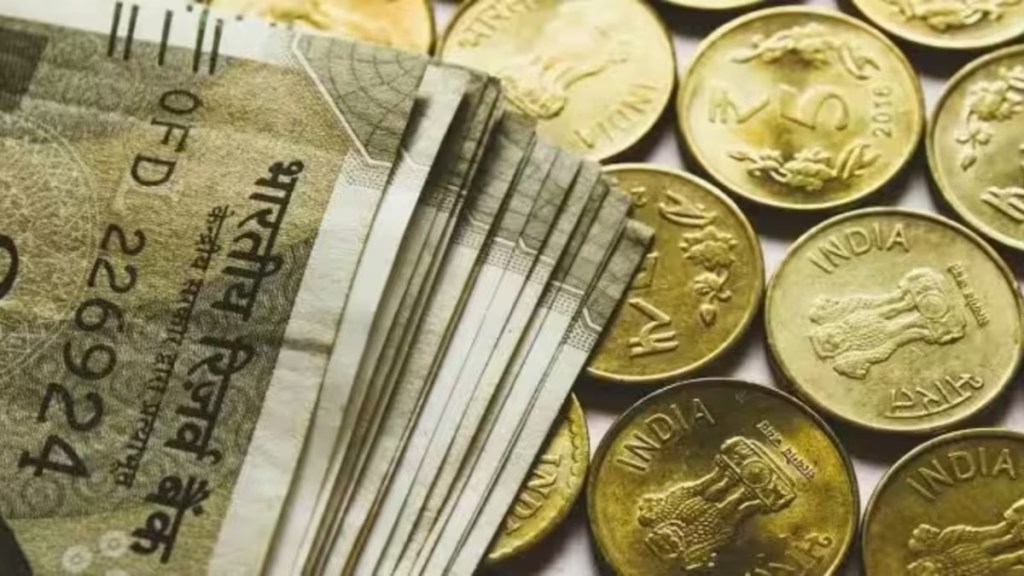By Pratyush Kanth
India’s foreign exchange reserves have touched unprecedented highs, reinforcing the country’s economic resilience and long-term credibility. As of September 2024, the reserves scaled a record $704.9 billion, marking a milestone in the country’s economic trajectory. Even after a marginal moderation to $677.8 billion in April 2025, the reserves remain among the strongest in the emerging markets landscape — signalling macroeconomic strength and policy consistency.
In a world grappling with geopolitical volatility, high interest rates, and fragmented supply chains, India’s reserve position offers a critical buffer and a symbol of investor trust. A robust forex reserve base not only strengthens the rupee but also gives the Reserve Bank of India (RBI) the flexibility to intervene in the currency markets, absorb external shocks, and manage capital flow volatility, tools that are increasingly valuable in today’s unpredictable global environment.
Decade of strategic accumulation
India’s reserve trajectory since 2014 tells a story of strategic reform and prudent macroeconomic management. When the Modi government assumed office in 2014, forex reserves were at $304 billion. The economy then was emerging from a phase of policy inertia, high current account deficits, and weak investor sentiment. Over the past decade, consistent structural reforms and targeted interventions have transformed India’s macroeconomic architecture.
Reforms such as the goods and services tax (GST), Insolvency and Bankruptcy Code, Make in India, and improvements in the ease of doing business framework laid the groundwork for enhanced capital inflows. Between 2015 and 2017, improving foreign direct investment and foreign portfolio investor flows helped lift reserves to over $400 billion.
Despite headwinds during 2018-2020, including trade wars and sluggish global growth, India’s reserve build-up continued. By mid-2019, the forex buffer crossed $500 billion, driven by stable remittances, rising services exports, and effective central bank intervention.
Post-pandemic momentum
The real inflection came in the aftermath of the Covid-19 pandemic. Unlike several economies that resorted to aggressive fiscal expansion, India adopted a calibrated, supply-side-oriented strategy. With a focus on vaccination, liquidity support to micro, small, and medium enterprises, and infrastructure spending, it avoided long-term macroeconomic distortions. The outcome was visible by 2021, when reserves jumped to $630 billion, and $650 billion+ by mid-2022, supported by resilient exports in information technology, pharmaceuticals, and electronics.
From late 2024 to this month, India logged a record six consecutive weeks of reserve accretion, underpinned by strong capital inflows, remittances, and a narrowing trade deficit. The trade deficit recently hit a three-year low, reflecting improved export competitiveness and more efficient import management.
RBI’s role and reserve quality
The RBI has played a critical role in managing reserves judiciously, balancing currency stability with liquidity management. Its use of forex swaps, such as the $10-billion operation in early 2025, helped manage short-term market stress without compromising reserve adequacy.
Equally significant is the improvement in reserve composition. Gold reserves, for instance, have surged from $23.4 billion in 2019 to over $74 billion in 2025, diversifying India’s reserve assets and enhancing their long-term value. The RBI’s proactive approach in diversifying across currencies and instruments has also added to the quality of reserves.
Policy continuity and market confidence
India’s rise as a preferred investment destination is no accident. Initiatives like Startup India, Digital India, and targeted tax reforms have helped attract global capital and enhance India’s innovation quotient. Regulatory clarity, political stability, and a growing domestic market have further cemented India’s appeal in an uncertain global investment climate.
Strong GST collections, consistently exceeding expectations, reflect deepening formalisation and sustained consumption momentum. This, combined with prudent fiscal management, has kept India on a stable growth trajectory without compromising sovereign credibility.
This very confidence is also visible in the average daily turnover in forex market. Between 2020 and 2024 the turnover has nearly doubled to $60 billion.
Road ahead
As India inches closer to its $5-trillion GDP target, forex reserves will play a dual role, as a shield and as a signal. They will protect the economy from external turbulence while reinforcing investor faith in India’s long-term fundamentals.
The record forex reserves are not just a numerical feat; they are a reflection of India’s macroeconomic evolution — marked by discipline, reform, and resilience.
The writer is national spokesperson, Bharatiya Janata Party.
Disclaimer: Views expressed are personal and do not reflect the official position or policy of FinancialExpress.com. Reproducing this content without permission is prohibited.

